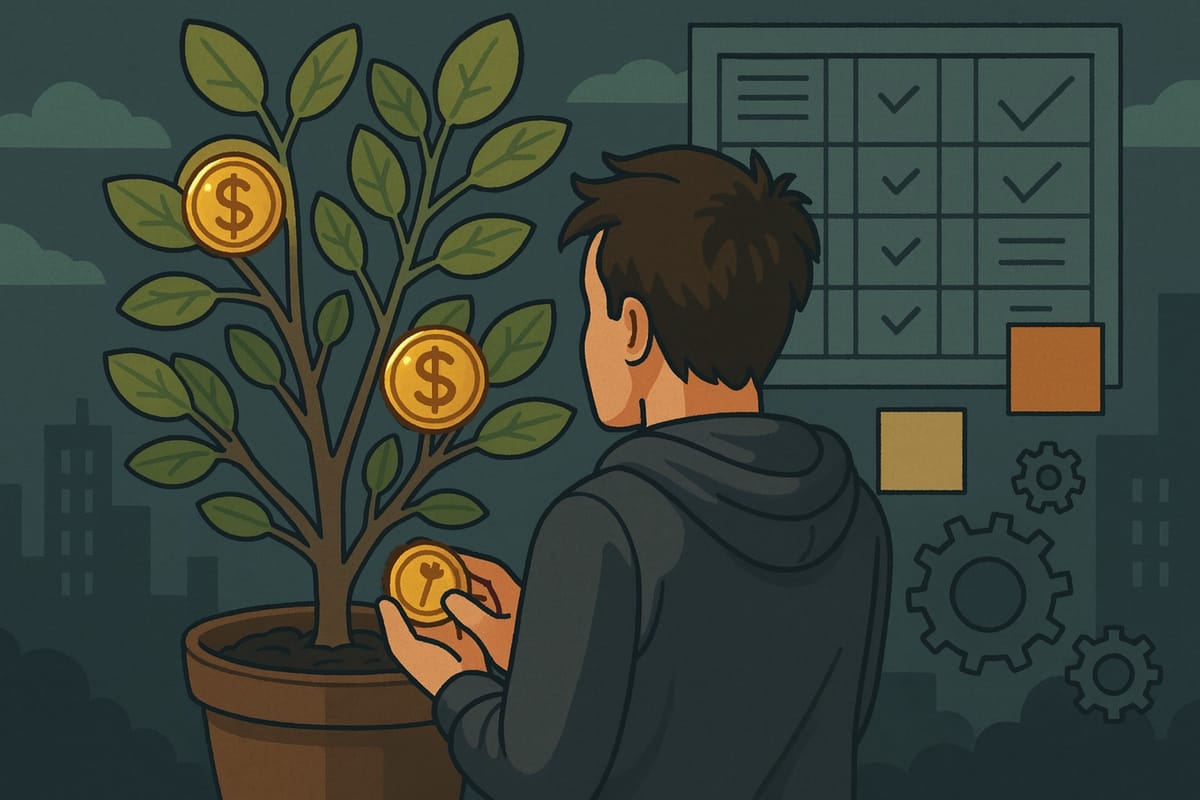On Reinvesting

Reinvesting is the opposite of decay. Whether in systems, processes, or people, leaders must continuously put energy back into what supports growth. When you don’t, entropy sets in and decay is inevitable.
In my leadership travels, I’ve seen versions of this repeated across organizations of all sizes. It doesn’t happen overnight. It creeps in quietly, showing up first as minor inefficiencies, then as chronic issues, and finally as rot. The root cause is almost always the same: leaders stop reinvesting.
Systems: Fighting Technical Entropy
All technology has a shelf life. The tools, frameworks, and platforms which once were the pinnacle of best practice could now be a liability, and what was cutting-edge five years ago may now be unsupported or otherwise painfully inefficient.
Too many teams respond to this reality with patchwork fixes. They keep plugging leaks, duct-taping outdated systems, and convincing themselves they’re too busy to pause and rebuild. The irony is that the busyness itself is most often the downstream effect of this neglect. If you don’t reinvest in systems such as updating infrastructure, modernizing practices, retiring what no longer serves, you’ll eventually spend more time propping up the old than building anything new.
Processes: Killing Sacred Cows
Processes decay just as surely as systems. The daily standup or cross team meeting that once drove alignment drifts into a rote ritual. An Agile ceremony that was pushed innovation last year becomes a box-checking exercise.
Leaders who don’t reinvest in process allow inertia to set in. Over time, people confuse the form with the function and they choose keep the ceremony while the purpose gets lost and value disappears.
Reinvestment here means asking hard questions: Does this process still serve us? If the answer is no, kill the sacred cow. Replace it with something leaner, fresher, more aligned with where the company is today, not where it was two years ago.
People: Cultural Growth or Rot?
The most overlooked area of reinvestment is people. Just like systems and processes, talent decays if not nurtured. High performers need challenge, opportunity, and fresh perspective to stay engaged. Without reinvestment through training, stretch goals, coaching, and exposure to new ideas, performance flatlines.
In environments where reinvestment is absent, you often see two outcomes:
- Your top talent leaves
- The rest adapt by lowering their ambitions and settling into clock-punching mode
Neither outcome builds the culture you want. A healthy engineering culture is one where people are constantly stretched, supported, and expected to grow. That doesn’t happen passively. It takes deliberate reinvestment.
External Perspective: Guarding Against Insularity
Another form of reinvestment is bringing in fresh perspective. Teams that stop looking outward at customers, competitors, and the broader industry grow stale. They end up building for the customers they already have, rather than the ones they need to grow.
Reinvestment here means doing the uncomfortable work: real customer research, benchmarking against competitors, and being willing to challenge familiar assumptions. Left unchecked, insularity breeds fragility. Reinvesting in perspective keeps you adaptive.
The False Solutions
When reinvestment is neglected, leaders often reach for the wrong levers:
- Over-hiring to compensate for broken systems
- Adding heavyweight process to control chaos instead of removing root causes
- Confusing busyness with progress, mistaking constant firefighting for forward momentum
These are coping mechanisms, not solutions. They don’t reverse the root cause (decay) and only serve to slow the business down.
Leadership as Reinvestment
Leadership, at its core, is the discipline of reinvesting, recognizing where entropy is creeping in and deliberately putting energy back into the system. That might mean carving out time to modernize infrastructure, auditing processes with fresh eyes, or challenging your team with growth opportunities instead of comfort zones.
Conditions don’t need to be perfect in order to reinvest. You’re never going to be sufficiently “caught up” or have enough “spare time” to do the hard work. Sometimes it means letting some fires burn so you can direct your attention to the upstream problem causing all your downstream chaos.
The questions I leave leaders with is these:
What systems, processes or culture no longer serve the business? What can be reduced, rethought or retooled to set you back on a course of growth?
Because if you aren’t reinvesting…you’re decaying. And decay, once it takes hold, is far harder to reverse than it is to prevent.
